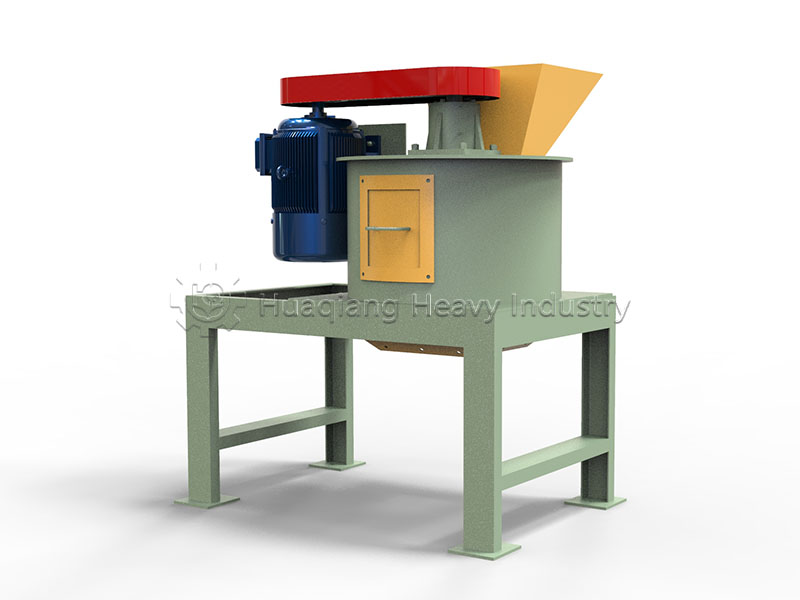The new type organic fertilizer granulator works in conjunction with the chain crusher
The core of high-quality bio-organic fertilizer lies in the thorough refinement of raw materials and the uniform formation of granules. These two key processes are controlled by two core bio-organic fertilizer equipment: the chain crusher and the new type organic fertilizer granulator.
The chain crusher lays the foundation for quality, with its core function being the fine crushing of raw materials. If the fermented organic fertilizer raw materials contain coarse particles or clumps, it will lead to uneven nutrient distribution and affect fertilizer efficiency. As a dedicated bio-organic fertilizer equipment, the chain crusher refines the raw materials into a uniform powder, releasing nutrients and improving the fluidity of the raw materials, creating conditions for subsequent uniform granulation.

The new type organic fertilizer granulator takes over the refined raw materials and completes the final shaping of the quality. With its advanced molding technology, it can precisely control the particle size and hardness, producing uniform granules that are not easily broken, facilitating storage and transportation, and enabling slow-release of nutrients. In the bio-organic fertilizer production line, it precisely connects with the chain crusher, efficiently converting refined raw materials into qualified granules, while maximizing the retention of organic matter and nutrients in the raw materials, avoiding quality loss.
The synergistic operation of these two pieces of equipment is the core of quality control in the bio-organic fertilizer production line. From raw material refinement to granule formation, high-quality bio-organic fertilizer equipment ensures quality throughout the process, helping the production line stably produce high-quality bio-organic fertilizer.





